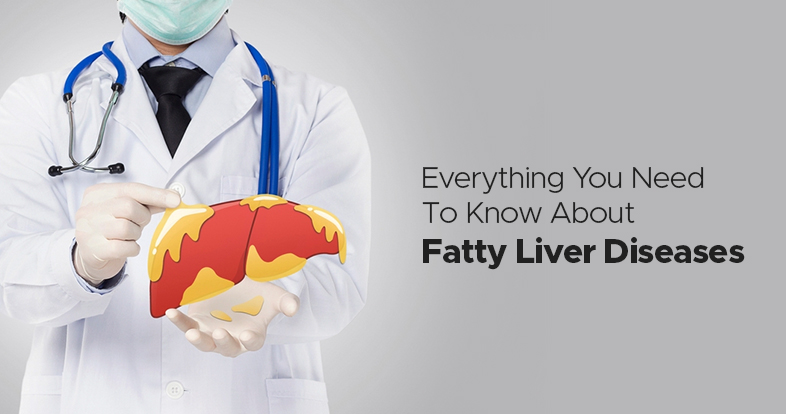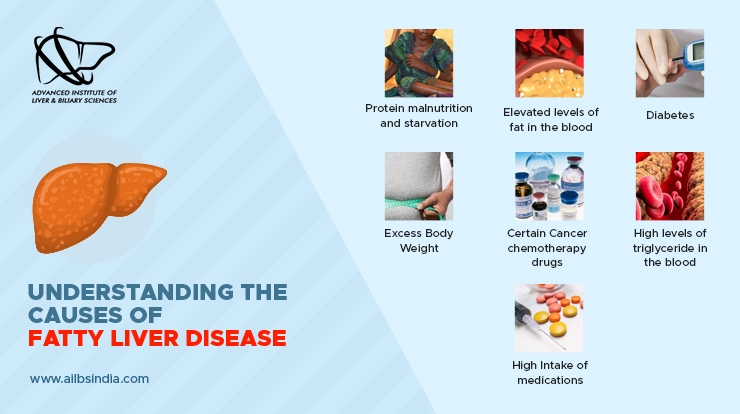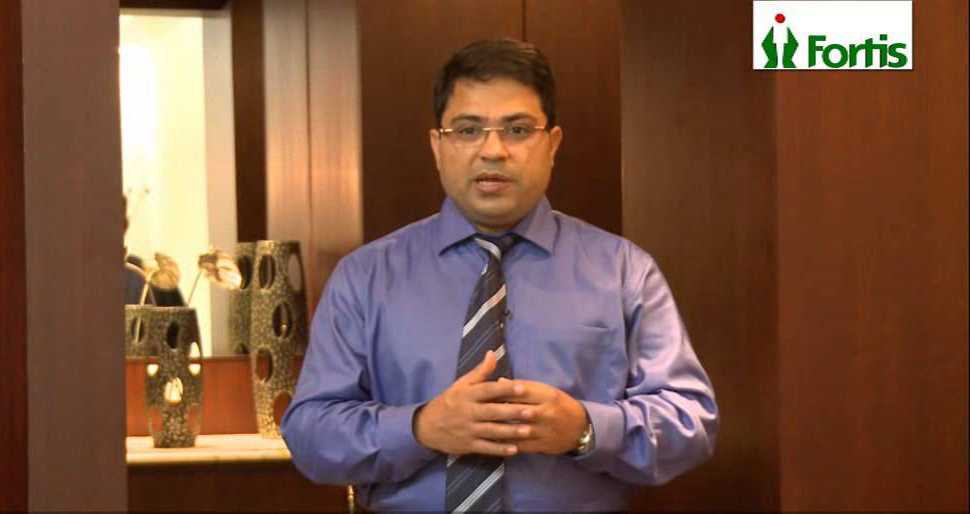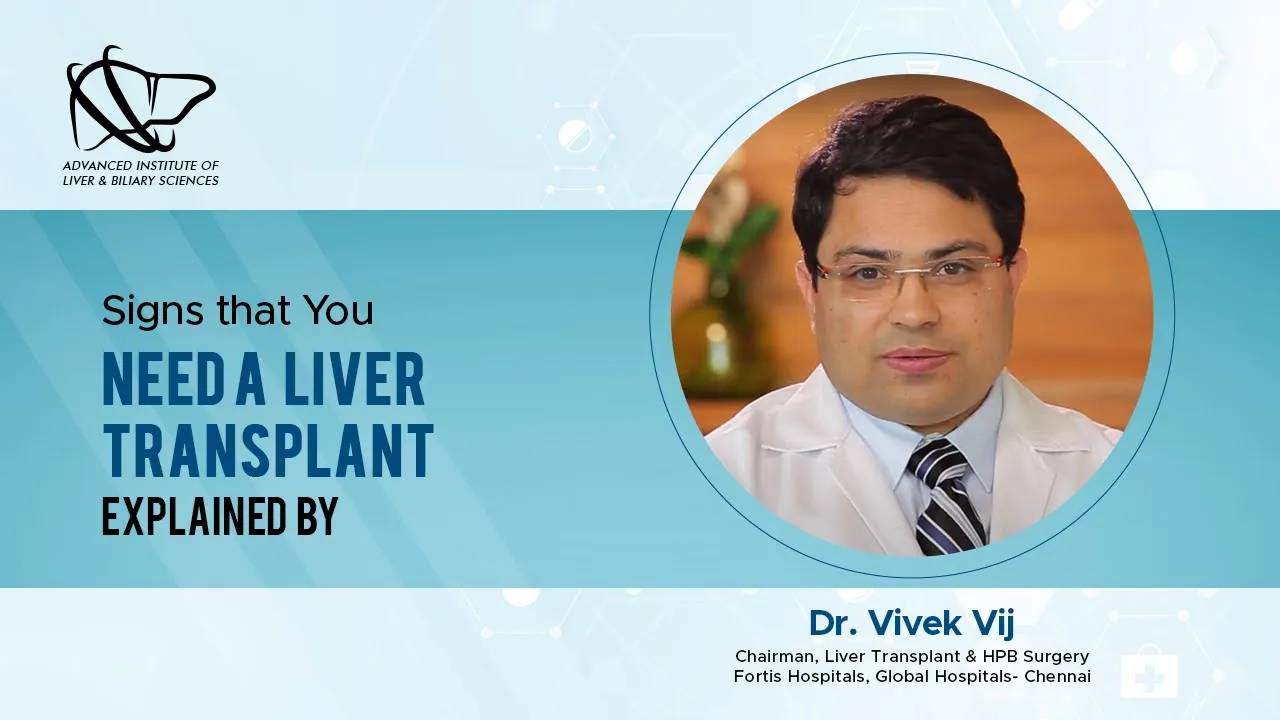
Our body is like a big orchestra, with different parts working together to keep us healthy. Among all these parts, the liver is like the star conductor. It has many important jobs that help us stay strong and full of energy. However, this vital organ is increasingly facing a silent enemy—fatty liver diseases. These conditions have been stealthily making their way into our lives, burdening our livers with an overwhelming heaviness that demands our attention.
So if you are the one who is still unknown about this topic or want to get more knowledge, this article is for you. Let’s discuss everything you need about fatty liver reasons, including their causes, symptoms, diagnosis, stages, treatment, fatty liver disease diet, and prevention. Let’s uncover the mysteries, know the misconceptions, and pave the way toward liver health and vitality.
A fatty liver is a term referred to as the result of the excess amount of fat in the body’s liver cells. While it’s completely natural to have some extra fat in your liver cells, over 10 percent of your liver’s heaviness is fat, in the case of fatty liver.
Despite the given facts, most people may not be acquainted with the term, but fatty liver disease, a condition that can lead to liver damage, liver failure, and other serious problems, is mutely affecting every one out of three humans, and this number is increasing day-by-day. Therefore, it is crucial to understand the fatty liver symptoms, causes, and risk factors of underlying liver disease to prevent its progression.
Fatty Liver can be alcoholic or Non-alcoholic (NAFL), depending on the risk factors. While alcohol abuse is the underlying factor for alcoholic fatty liver diseases, many other reasons directly/indirectly result in non-alcoholic fatty liver. Some of the common causes of fatty liver disease are:

There are four fatty liver disease stages:
Simple fatty liver: Simple fatty liver is the initial stage of fatty liver disease and is characterized by fat accumulation in the liver cells.
Nonalcoholic steatohepatitis (NASH): Nonalcoholic steatohepatitis (NASH) is a more severe form of fatty liver disease characterized by inflammation and damage to liver cells.
Fibrosis: Fibrosis is the stage where the liver develops scar tissue, which can lead to severe liver damage.
Cirrhosis: Cirrhosis is the final fatty liver disease stage, characterized by extensive liver scarring and liver failure.
Several risk factors increase the likelihood of developing fatty liver disease. These include alcohol consumption, obesity, metabolic disorders, medication, and toxins.
Alcohol consumption is one of the most common fatty liver risk factors. When you drink alcohol, your liver breaks down alcohol instead of fat, leading to fat accumulation in the liver cells.
Another major contributor to underlying liver disease is obesity. When you are overweight, your liver produces more fat than it can metabolize, which causes the liver cells to accumulate fat. Fatty liver disease can also be brought on by other metabolic conditions such as diabetes, high blood pressure, and excessive cholesterol.
A few drugs, including tamoxifen and corticosteroids, can also result in fatty liver disease. Chemical and pesticide exposure from the environment can potentially harm the liver and become the common cause of fatty liver disease.
Most people with fatty liver disease do not experience any symptoms. However, in some cases, people may experience symptoms of fatty liver disease, such as fatigue, weakness, and abdominal discomfort. In severe cases, people may develop liver cirrhosis, which can lead to symptoms such as jaundice, swelling in the legs, and mental confusion.
Alcoholic fatty liver symptoms include abdominal pain, appetite loss, and nausea. On the other hand, nonalcoholic fatty liver disease symptoms include fatigue, weakness, and abdominal discomfort.
If you undergo these kinds of Symptoms of Fatty Liver Disease, consulting the liver transplant surgeon in India is required.
There are two types of fatty liver disease: alcoholic fatty liver disease and nonalcoholic fatty liver disease.
Alcoholic fatty liver disease is caused by excessive alcohol consumption. Nonalcoholic fatty liver disease is caused by factors other than alcohol consumption, such as obesity, metabolic disorders, medication, and toxins.
People who drink regularly are more likely to develop alcohol-related fatty liver disease. Severe liver damage, such as liver cirrhosis and liver failure, can result from it.
In patients who are overweight or have metabolic conditions like diabetes, high blood pressure, or high cholesterol, non-alcoholic fatty liver disease is more prevalent. Additionally, it may cause severe liver damage, such as cirrhosis and liver failure.
Dr. Vivek Vij is a famous fatty liver transplant surgeon in India who has experience giving the best treatment for both alcoholic and nonalcoholic fatty liver disease symptoms.
Fatty liver disease is often diagnosed during routine blood tests or imaging studies, such as ultrasound or CT scans.
Blood tests can detect elevated liver enzymes, which indicate liver damage. Imaging studies can detect fat accumulation in the liver cells, which is a sign of underlying fatty liver disease.
A liver biopsy may be advised if your doctor thinks you have fatty liver disease. A small portion of the liver’s tissue is taken and seen under a microscope during a liver biopsy. This can support the diagnosis and assist in assessing the condition’s severity.
Apart from fatigue and vague abdominal discomfort, there are no severe symptoms of fatty liver disease. However, on physical examination, people with fatty liver tend to have an enlarged liver. As per Dr. Vivek Vij, the best liver transplant surgeon in India, unless the condition has worsened and the liver is severely damaged, some of the below tips can reduce/control your fatty liver risk factors:
If you have a fatty liver because of unhealthy eating habits or obesity, your doctor may also recommend that you avoid certain types of food from your regular diet and introduce exercise into your routine at least once a day. Avoiding a heavy intake of calories every day can no doubt help you lose weight and effectively heal your liver. By choosing a healthy lifestyle, you can quickly cure your liver.
For fatty liver treatment, some medications can help treat fatty liver disease, such as pioglitazone and vitamin E. However, these medications are unsuitable for everyone and can have side effects.
A balanced diet is crucial for preventing and treating fatty liver disease. A diet rich in fibre, produce, whole grains, and cereals can aid in lowering the level of fat in liver cells. Additionally, avoiding processed foods, foods high in saturated fats, and sugary foods can help prevent or treat fatty liver disease.
The life expectancy of a person with fatty liver disease depends on the severity of the condition and the underlying cause. In most cases, people with fatty liver disease can live a long and healthy life with proper treatment and lifestyle changes.
Fatty liver disease is a common condition that can lead to severe liver damage if left untreated. Understanding the causes, symptoms, and risk factors of fatty liver disease is essential for preventing its progression. If you suspect that you have fatty liver disease, it is crucial to seek medical attention and follow your doctor’s recommendations for treatment and prevention.
If you are concerned about your liver health, speak to Dr Vivek Vij about getting tested for fatty liver disease and taking steps to prevent its progression. Consult with Dr Vivek Vij and get the affordable cost of liver transplant in India: +91 9999722221
Q. 1 What are the common causes of fatty liver diseases?
Ans: Fatty liver diseases can be attributed to several factors, including excessive alcohol consumption, obesity, insulin resistance, high levels of triglycerides in the blood, and certain medications. Additionally, underlying conditions such as type 2 diabetes, metabolic syndrome, and certain viral infections can contribute to developing fatty liver diseases.
Q. 2 What are the symptoms of fatty liver diseases?
Ans: In the early stages, fatty liver diseases often present no noticeable symptoms. However, as the condition progresses, individuals may experience fatigue, weakness, abdominal discomfort or pain, enlarged liver, and yellowing of the skin and eyes (jaundice).
Q. 3 What are the treatment options for fatty liver diseases?
Ans: The treatment approach for fatty liver diseases primarily involves lifestyle modifications to address the underlying causes. This includes adopting a healthy diet low in saturated fats and added sugars, engaging in regular physical activity, and achieving and maintaining a healthy weight. It is crucial to consult a healthcare professional to determine the most suitable treatment plan based on individual circumstances.
Q. 4 What is the liver transplant success rate in India?
Ans: Liver transplant success rates in India have shown remarkable progress over the years, with a high level of expertise and advanced medical infrastructure available in renowned transplant centers. The success rate for liver transplants in India is comparable to global standards, with reported success rates ranging from 85% to 95%.


